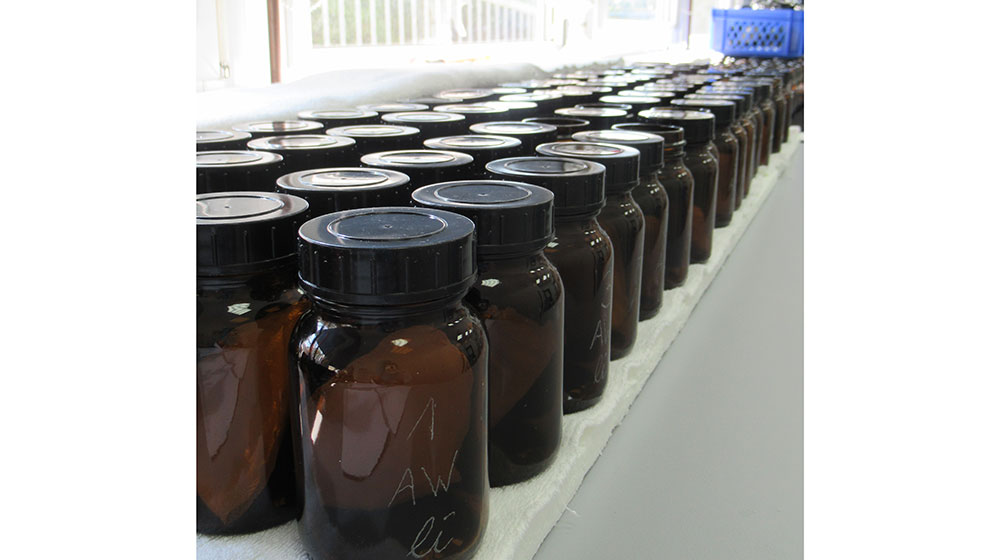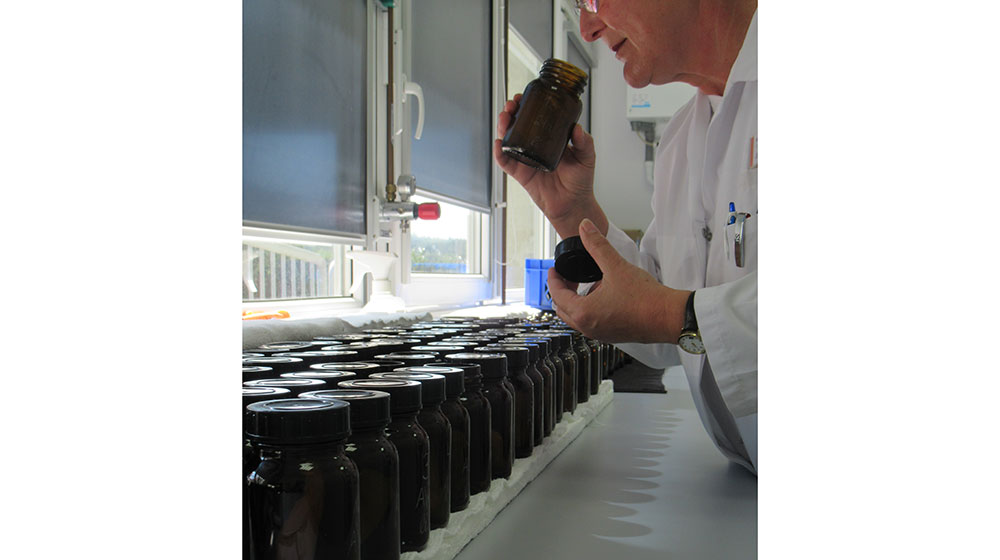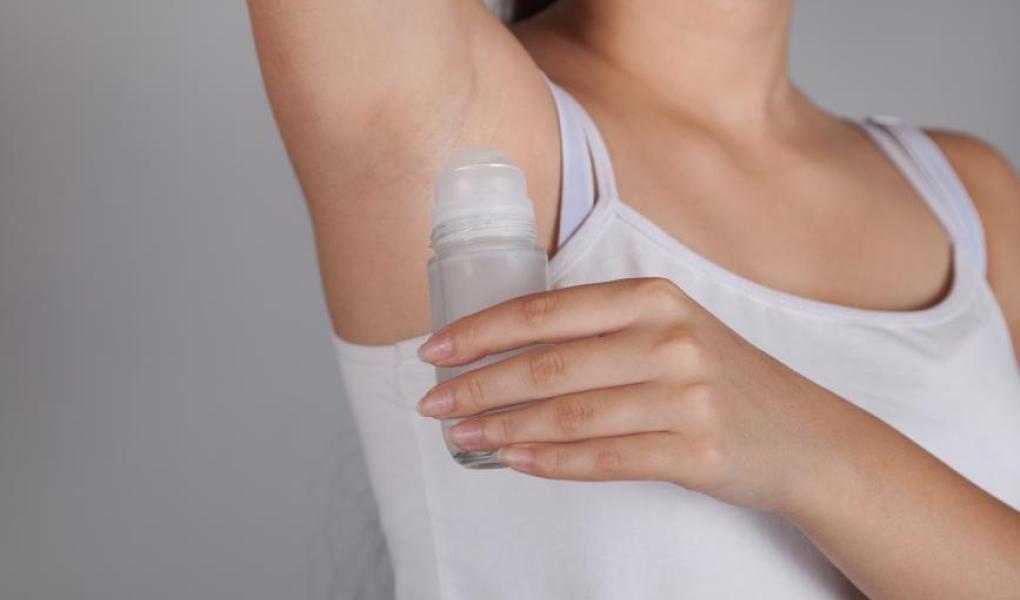The laboratory test
The laboratory tests evaluates the odor-inhibiting effect and analyzes the presence and amount of allergenic fragrances.
The antiperspirant effect, i.e. how good the product is at reducing sweat production, is not usually tested because the smell of sweat itself is considered to be the primary problem.

The ability to hide the smell of sweat (sniff test)
Voluntary test subjects (women only) aged from 18 to 67 years are recruited for the test. The test subjects are not allowed to use any deodorant or antiperspirant products for three days before the test starts. They are only allowed to wash with a perfume-free and pH-neutral soap during this period.
24 hours before the first check in the laboratory, the test subjects are not allowed to wash at all, and the laboratory's smell experts then assess the intensity of sweat smell from the armpit. Then one of the products is applied to the test subject and a new assessment of sweat odor is made after another 24 hours.
All products are tested by each of the 20 subjects. The reported result is an average of a total of 20 evaluations per product and a total of 160 evaluations for all products.

Chemical analysis of allergens
The laboratory carries out a chemical analysis of 26 allergenic fragrances in the products which, according to the cosmetics regulation, must be declared on the packaging if they exceed a concentration of 0.001 percent.
Allergenic substances are defined as substances that can give rise to an allergic reaction on the skin in the form of redness, rash or eczema.
Allergenic fragrances
Allergenic fragrances which, according to the Cosmetics Ordinance, must be declared on the packaging if they exceed a concentration of 0.001 percent:
· Amylcinnamyl alcohol
· Hexyl cinnamal
· Benzyl alcohol
· Benzyl cinnamate
· Benzyl salicylate
· Citral
· Coumarin
· Anise alcohol
· Butylphenyl methylpropional
· Limonene
· Linalool
· Farnesol
· Hydroxyisohexyl 3-cyclohexene carboxaldehyde
· Amyl cinnamal
· Eugenol
· Geraniol
· Hydroxycitronellal
· Isoeugenol
· Cinnamal
· Cinnamyl alcohol
· Methyl-2-Octynate
· Evernia furfuracea
· Alpha isomethyl ionone
· Evernia's grandmother
· Majantol

